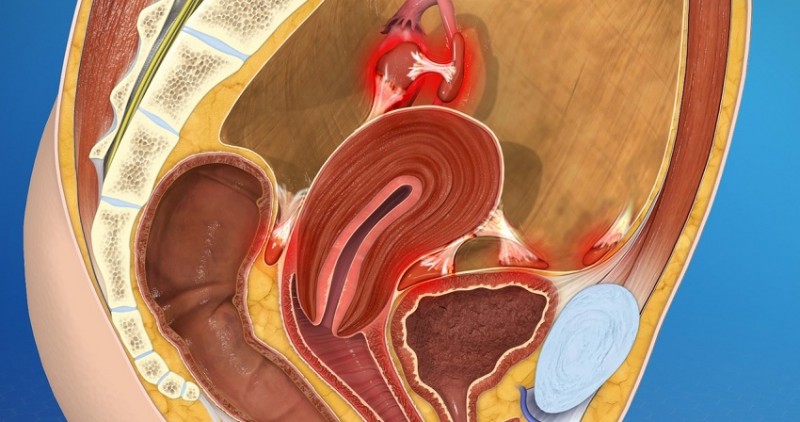
Endometriosis is a condition in which tissue similar to the uterine lining, known as the endometrium, grows outside the uterus. This misplaced tissue can be found on the ovaries, fallopian tubes, the outer surface of the uterus, and other organs within the pelvis. This abnormal growth leads to a variety of symptoms and can significantly impact a woman's quality of life, particularly her fertility.
Symptoms and Impact on Fertility
The symptoms of endometriosis can vary widely, but common signs include:
Chronic pelvic pain: Often correlates with menstrual cycles but can also occur between periods.
Painful periods (dysmenorrhea): Pain that is more severe than typical menstrual cramps.
Pain during intercourse: Discomfort or pain during or after sex.
Pain with bowel movements or urination: Especially noticeable during menstrual periods.
Heavy menstrual bleeding: Including bleeding between periods.
Infertility: Endometriosis is a leading cause of infertility. It affects the ovaries, fallopian tubes, and pelvic tissues, which are crucial for conception.
In severe cases, endometriosis can lead to the formation of scar tissue and adhesions — bands of fibrous tissue that can cause pelvic tissues and organs to stick to each other.
Prevalence and Diagnosis
According to a 2021 survey, over 42 million women in India live with endometriosis. Despite its prevalence, endometriosis often goes undiagnosed due to a lack of awareness and the misconception that severe menstrual pain is normal. Diagnosis typically involves a combination of pelvic exams, imaging tests such as ultrasounds or MRIs, and laparoscopy — a surgical procedure that allows doctors to view the endometrial tissue directly.
Preventive Measures and Management
While there is no definitive way to prevent endometriosis, certain lifestyle changes and management strategies can help reduce the risk and alleviate symptoms:
Maintain a Healthy Diet: A diet rich in fruits, vegetables, and whole grains, and low in red meat and processed foods can help reduce inflammation and hormone levels that may exacerbate endometriosis. Foods high in omega-3 fatty acids, such as salmon, walnuts, and flaxseeds, are particularly beneficial.
Regular Exercise: Physical activity helps regulate hormone levels and reduce inflammation. Aim for at least 30 minutes of moderate exercise most days of the week.
Manage Stress: Chronic stress can worsen symptoms. Techniques such as yoga, meditation, and deep breathing exercises can help manage stress levels.
Avoid Toxins: Reduce exposure to environmental toxins such as pesticides, BPA, and other chemicals that may disrupt hormonal balance. Opt for organic foods and use glass or stainless steel containers instead of plastic.
Hormonal Birth Control: Birth control pills, patches, and intrauterine devices (IUDs) that release hormones can help manage menstrual cycles and reduce the growth of endometrial tissue.
Medical Treatments: If lifestyle changes are not enough, medical treatments such as hormone therapy, pain relief medications, and surgical interventions may be necessary. Consult with a healthcare provider for a personalized treatment plan.
Endometriosis is a chronic condition that requires a comprehensive approach for management. Awareness, early diagnosis, and a combination of lifestyle changes and medical treatments can help manage the symptoms and improve the quality of life for those affected. If you experience severe menstrual pain or other symptoms of endometriosis, seek medical advice to explore your options for relief and management.